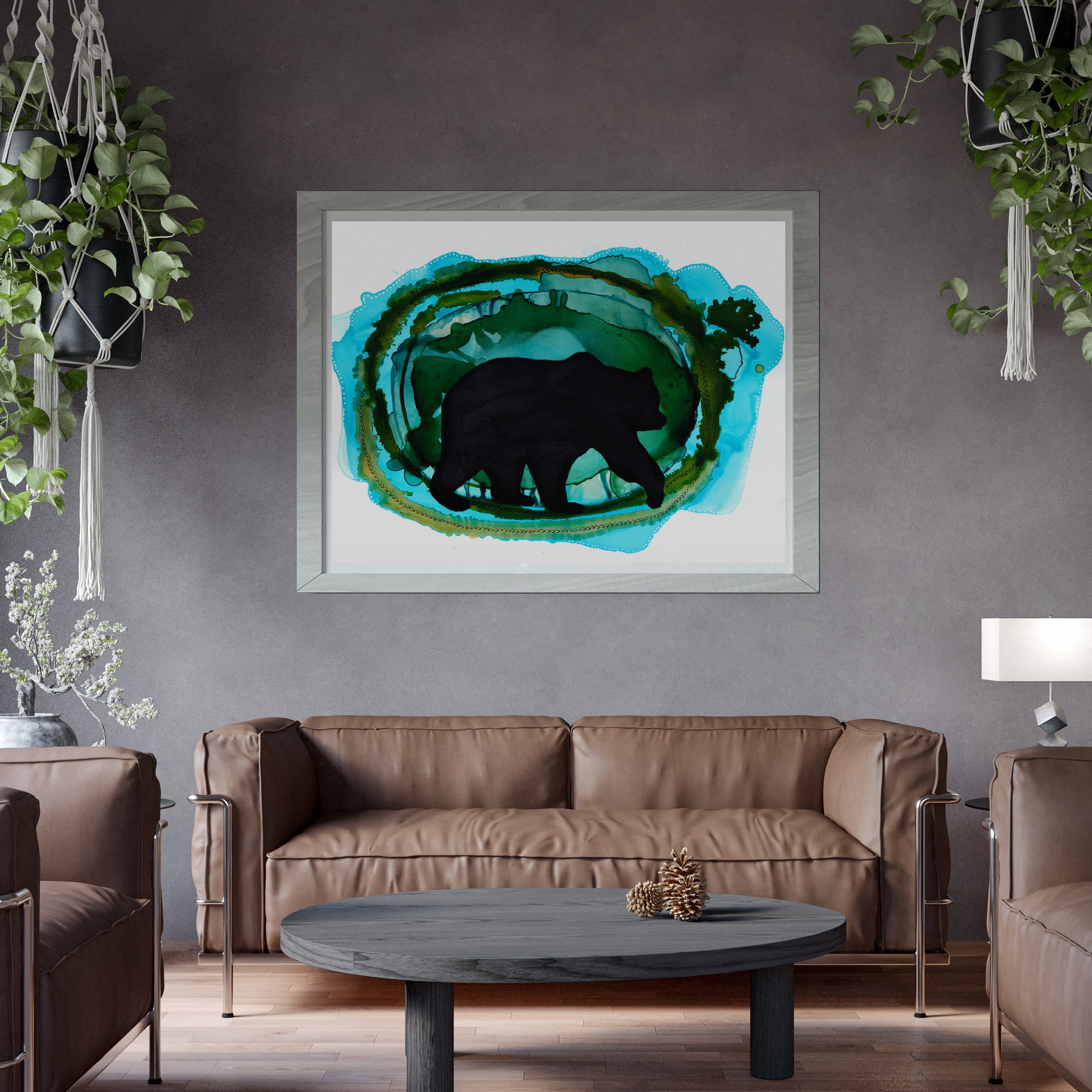
Have you decided to design and decorate your home, only to freeze when it comes to the accessories? Every home needs a little artwork. A little icing and sprinkles. Luckily, there are many types, styles, and mediums of art to choose from for your abode!
Art has the incredible power to transform a space, infusing it with personality, character, and warmth. Whether you’re a seasoned art collector or new to decorating with art, incorporating artistic elements into your home can elevate your interior design and reflect your unique taste. This guide will take you through the various types and styles of art, materials, and decorating tips to help you create a home that truly resonates with your personality. We’ll also lightly explore how to work with different budgets and make the most out of your art collection, ensuring that your home becomes a beautiful canvas of your own making.
Decorating with Art
Decorating a home with art is not just about filling empty walls; it’s about curating a space that reflects your personal style and evokes the right mood. Art can serve as a focal point, add visual interest, or complement existing décor. Whether you prefer contemporary masterpieces, classic landscapes, or eclectic bohemian prints, the art you choose can significantly influence the ambiance of your home. What vibe do you want?
In this guide, we’ll explore how to select and display art that aligns with your home’s personality, how to work with different materials, and how to stay within your budget. From gallery walls and statement pieces to DIY projects and budget-friendly options, you’ll find a wealth of ideas to help you enhance your living space with art.
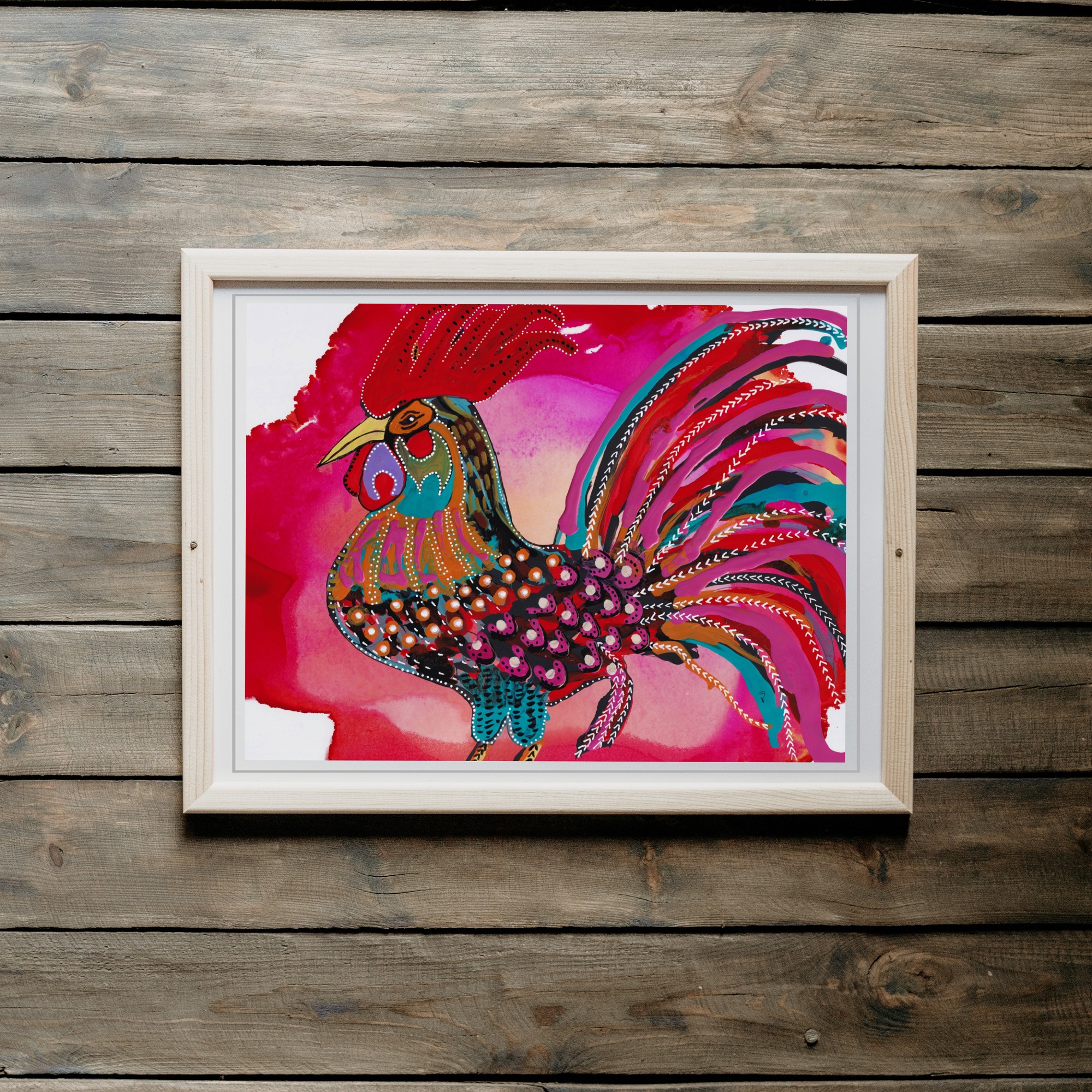
Types of Art
There are many types of art. Any vase, throw pillow, wall hanging, picture, or decorative item is a work of art.
1. Paintings
Paintings are perhaps the most traditional and versatile form of art. They come in various styles and techniques, making them suitable for almost any room. Paintings can be abstract, realistic, or somewhere in between, and they often serve as a focal point in a space.
- Abstract Paintings: These works focus on colors, shapes, and forms rather than representational subjects. They are great for adding a splash of color and energy to a room.
- Landscape Paintings: Ideal for creating a serene and calming atmosphere, landscape paintings can range from realistic depictions of nature to more stylized interpretations.
- Portrait Paintings: Portraits capture the likeness of individuals and can add a personal or classic touch to your décor.
2. Prints
Prints are reproductions of original artworks or new designs, and they offer a more affordable way to enjoy art. They come in various forms, including lithographs, etchings, and digital prints.
- Art Prints: These are high-quality reproductions of famous artworks and can be a cost-effective way to bring renowned pieces into your home.
- Poster Prints: Often more casual, poster prints can feature anything from iconic images to contemporary designs and are ideal for informal spaces.
3. Sculptures
Sculptures add a three-dimensional element to your décor and can range from abstract forms to realistic figures. They can be made from various materials, including bronze, marble, wood, and modern synthetics.
- Tabletop Sculptures: Small sculptures that can be placed on tables, shelves, or mantels.
- Wall Sculptures: Art that is mounted on walls, often adding texture and depth to flat surfaces.
4. Photography
Photography can capture everything from stunning landscapes to personal moments. It offers a contemporary edge and can be displayed in various formats.
- Framed Photography: Traditional framed prints of photographs that can add elegance and style.
- Canvas Prints: Photographs printed on canvas for a textured, artistic look.
5. Textiles
Textile art includes tapestries, quilts, and fabric wall hangings. Even pillows! These pieces add warmth and texture to a room and can be used as both functional and decorative elements.
- Tapestries: Large pieces that can cover entire walls or be used as decorative accents.
- Quilts and Fabric Art: Handcrafted items that bring a cozy, personal touch to your space.
6. Mixed Media
Mixed media art combines various materials and techniques to create unique and often experimental pieces. These artworks can incorporate elements like paint, fabric, and found objects. I especially love paintings on canvas with sewn in fabric elements.
- Collages: Artworks created by combining different materials and images.
- Assemblages: Three-dimensional pieces made from various objects and materials.

7. Ceramics and Pottery
Ceramics and pottery are functional as well as decorative. Items like vases, bowls, and sculptural pieces can add color, texture, and interest to your space.
- Functional Pottery: Items used in everyday life, such as mugs and vases. I like using artisanal pottery to hold toothbrushes, paint brushes, fruit, kitchen utensils, etc. it is a great way to add layers to your spaces.
- Decorative Ceramics: Sculptural pieces or decorative objects that serve a purely aesthetic purpose.
Styles of Art
There is no wrong style of art. Your style is whatever art you are drawn to over and over again regardless of trends. It is important to embrace the style that fits with your real life and not fall for what you think will impress other about your home. Many of us fell for the white and gray minimal trend, but how many of us were happy with it? Lets talk styles.
1. Abstract Art
Abstract art focuses on non-representational forms and colors. It’s ideal for adding a bold statement to a room and can evoke various emotions and interpretations.
- Geometric Abstraction: Uses geometric shapes and forms to create patterns and compositions.
- Color Field: Emphasizes large areas of color with minimal form.
2. Modern Art
Modern art refers to works created from the late 19th to the mid-20th century and often involves experimentation and innovation. This style is perfect for adding a touch of sophistication.
- Impressionism: Focuses on capturing light and color with loose brushwork.
- Cubism: Uses fragmented forms and multiple perspectives to represent subjects.
3. Contemporary Art
Contemporary art encompasses current and emerging art practices. It often reflects modern themes and is highly varied in style and medium.
- Street Art: Includes graffiti and other forms of urban art.
- Digital Art: Created using digital tools and often displayed on screens or printed.
4. Classical Art
Classical art includes works inspired by the art of ancient Greece and Rome. It’s known for its realistic representation and timeless appeal.
- Renaissance Art: Features realistic portrayals and a focus on humanism.
- Baroque Art: Known for dramatic lighting, rich colors, and emotional intensity.

5. Minimalist Art
Minimalist art emphasizes simplicity and clarity. It often uses limited colors and forms to create a clean and understated look.
- Monochromatic Art: Uses a single color or shades of one color.
- Abstract Minimalism: Focuses on simplicity in form and composition.
6. Bohemian Art
Bohemian art is eclectic and vibrant, often incorporating patterns, textures, and cultural influences. Regardless of the questionable name, it’s perfect for creating a relaxed and free-spirited atmosphere.
- Tribal Art: Features patterns and motifs inspired by indigenous cultures.
- Whimsical Art: Includes playful and imaginative designs.
7. Traditional Art
Traditional art refers to works that adhere to conventional techniques and subjects, such as landscapes and portraits. It’s ideal for creating a classic and refined look.
- Realism: Focuses on accurate and detailed representations of subjects.
- Still Life: Depicts inanimate objects, often with a focus on composition and light.
8. Rustic Art
Rustic art often features natural elements and earthy tones. It can include anything from landscapes to handcrafted pieces that evoke a sense of warmth and simplicity.
- Country Landscapes: Depicts rural scenes and natural beauty.
- Handcrafted Items: Includes artisanal pieces made from wood, metal, or stone.
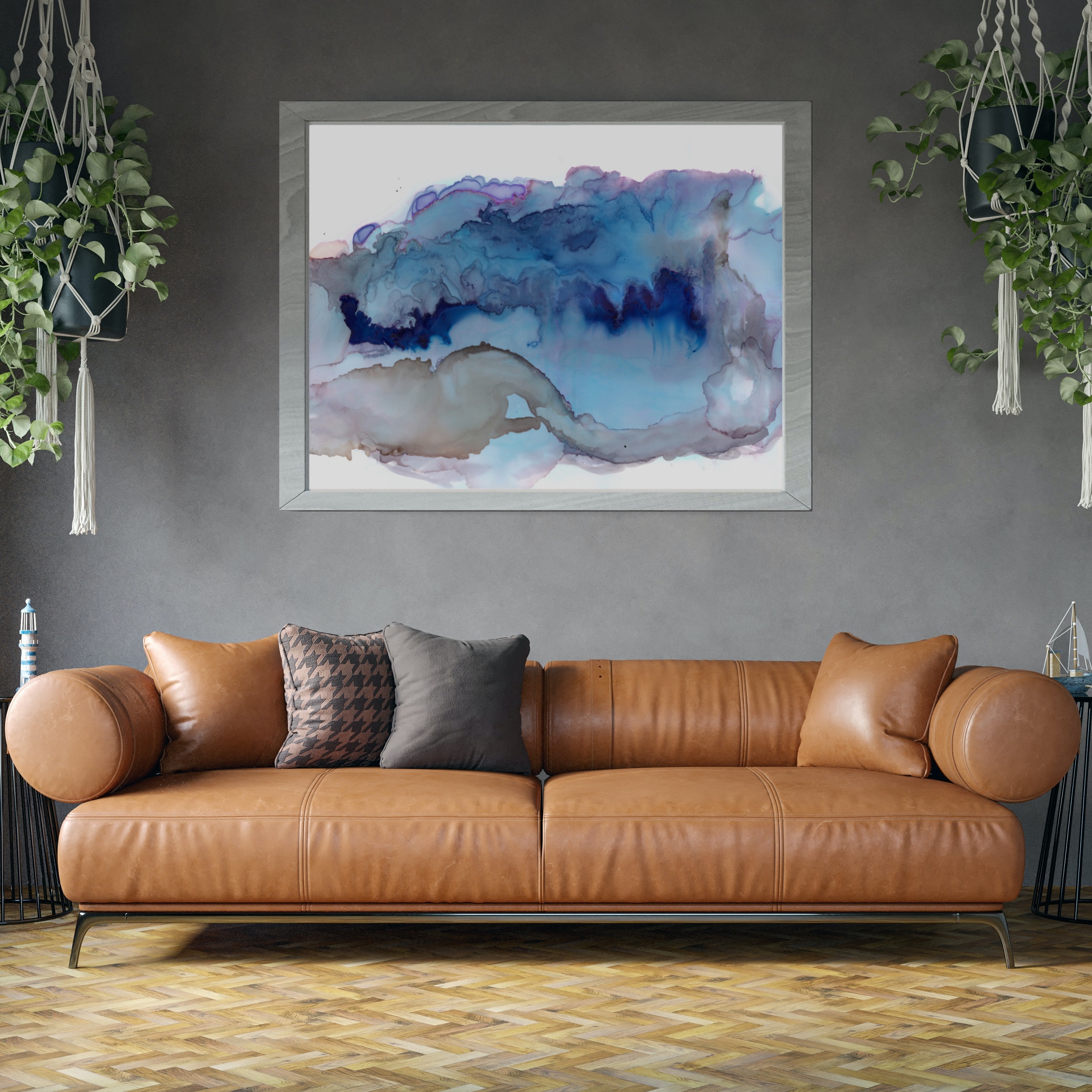
Materials Used in Art
Often times, the materials you will be drawn to will also complement the art styles, such as rustic with wood, or modern with acrylic. You might not want to stick too strictly to one material, as it could make a room seem bland or stale. Mixing a few materials will create visual interest.
1. Canvas
Canvas is a popular choice for paintings and prints. It provides a durable and versatile surface that can be stretched over frames or displayed as is.
- Stretched Canvas: Ready-to-hang and often used for paintings.
- Canvas Panels: Easier to frame and often used for smaller works.
2. Paper
Paper is used for prints, drawings, and photography. High-quality paper enhances the appearance and longevity of artworks.
- Watercolor Paper: Used for watercolor paintings and sketches.
- Archival Paper: High-quality paper that resists aging and deterioration.
3. Wood
Wood can be used for both sculptures and wall art. It adds a natural, textured element to your décor.
- Carved Wood: Includes sculptures and decorative panels.
- Wooden Frames: Adds a rustic or classic touch to artworks.
4. Metal
Metal art includes sculptures and wall panels that can add a sleek and modern touch. Metals like bronze, steel, and aluminum offer various finishes and textures.
- Bronze Sculptures: Known for their durability and classic appeal.
- Metal Wall Art: Includes abstract forms and intricate designs.
5. Acrylic
Acrylic is a versatile material used for both sculptures and paintings. It can be transparent or opaque and often features bright, bold colors.
- Acrylic Paintings: Known for their vivid colors and fast-drying properties.
- Acrylic Sculptures: Includes modern and abstract forms.
6. Fabric
Fabrics used in art include pillows, tapestries, quilts, woven pieces, and mixed pieces. They add warmth and texture to a room, by adding variety and coziness to the decorative layers.
- Woven Wall Hangings: Includes tapestries and macramé.
- Textile Art: Incorporates various fabric techniques and patterns.
7. Glass
Glass art includes sculptures, stained glass windows, and decorative panels. It adds a touch of elegance and can play with light in interesting ways.
- Stained Glass: Features vibrant colors and intricate patterns.
- Glass Sculptures: Includes contemporary and abstract forms.
Décor Types and How to Display Art
The way you display and incorporate art into your décor is just as important as the art itself. Do you like a finished and polished look? Or frameless and a bit rough around the edges? Minimalist or maximalist?
1. Gallery Walls
Gallery walls involve grouping multiple pieces of art together to form a cohesive display. This technique allows for a mix of sizes, styles, and frames, creating a dynamic and personalized showcase.
- Themed Gallery Walls: Group artworks around a common theme, such as travel or nature.
- Eclectic Gallery Walls: Mix different styles and frames for a curated yet casual look.
2. Statement Pieces
Large, striking pieces of art can serve as focal points in a room. They work well above sofas, mantels, or headboards and can set the tone for the entire space.
- Oversized Paintings: Create a dramatic effect and draw attention.
- Bold Sculptures: Serve as eye-catching centerpieces.
3. Framing and Matting
Proper framing and matting can enhance and protect art. Choose frames that complement the style of the artwork and the room’s décor. Mats can add a layer of sophistication and help the art stand out.
- Custom Frames: Tailored to fit the size and style of your artwork.
- Matting: Adds a border that separates the art from the frame and wall.
4. Shelf Displays
Art can also be displayed on shelves, either leaning against the wall or propped up with stands. This approach allows for easy rotation and layering with other décor items like plants and books.
- Floating Shelves: Ideal for displaying smaller artworks and creating a gallery effect.
- Display Stands: Hold sculptures or framed art on surfaces.
5. Mixing Media
Combining different types of art—such as paintings with sculptures or textiles with photographs—creates a visually rich and engaging space. Be mindful of balancing different media to avoid overwhelming the room.
- Art and Objects: Mix framed art with decorative objects for a curated look.
- Layered Displays: Combine various art forms to create depth and interest.
6. Lighting
I will admit, this is one area where I pay no attention. I tuck art into dark nooks and crannies around the house. Proper lighting can highlight and enhance art. Use spotlights, track lighting, or picture lights to draw attention to specific pieces. Lighting also affects how colors and textures are perceived.
- Picture Lights: Mounted above or below artwork to illuminate it.
- Track Lighting: Adjustable lights that can be directed towards various pieces.
7. Room-Specific Placement
Consider the function and mood of each room when displaying art. For example, calming art in bedrooms, vibrant pieces in living areas, and personal or family photos in hallways or staircases.
- Living Rooms: Ideal for bold, statement pieces and large gallery walls.
- Bedrooms: Focus on calming and personal art, such as landscapes or abstract works.
Home Personalities and Art
While the era and architectural style of your home can influence what works in your home, it is not set in stone. You can mix styles to create unique personalities in your home.
1. Modern Homes
Modern spaces benefit from sleek, minimalist art that complements clean lines and open spaces. Abstract paintings, contemporary photography, and geometric sculptures work well.
- Abstract Art: Adds a bold, colorful touch.
- Geometric Sculptures: Complement modern, clean lines.
2. Traditional Homes
Traditional homes are suited to classical art, including portraits, landscapes, and historical pieces. You could opt for ornate frames and timeless subjects to enhance the classic aesthetic.
- Classical Paintings: Add elegance and refinement.
- Traditional Portraits: Create a sophisticated atmosphere.
3. Bohemian Homes
Bohemian interiors thrive on eclectic and colorful art. Mix textiles, prints, and handcrafted pieces to create a vibrant, free-spirited atmosphere.
- Eclectic Art: Includes vibrant prints and mixed media.
- Handcrafted Textiles: Add texture and warmth.
4. Rustic Homes
Rustic homes embrace natural and earthy elements. Art featuring landscapes, wildlife, or handcrafted wooden pieces complements the cozy, rugged charm.
- Nature-Inspired Art: Depicts landscapes and wildlife.
- Handcrafted Wood Art: Adds a rustic touch.
5. Minimalist Homes
Minimalist spaces benefit from simple, clean art that doesn’t clutter the visual field. Choose monochromatic or subtle works that enhance the serene environment without overpowering it.
- Minimalist Paintings: Focus on simplicity and clarity.
- Subtle Sculptures: Add dimension without overwhelming.
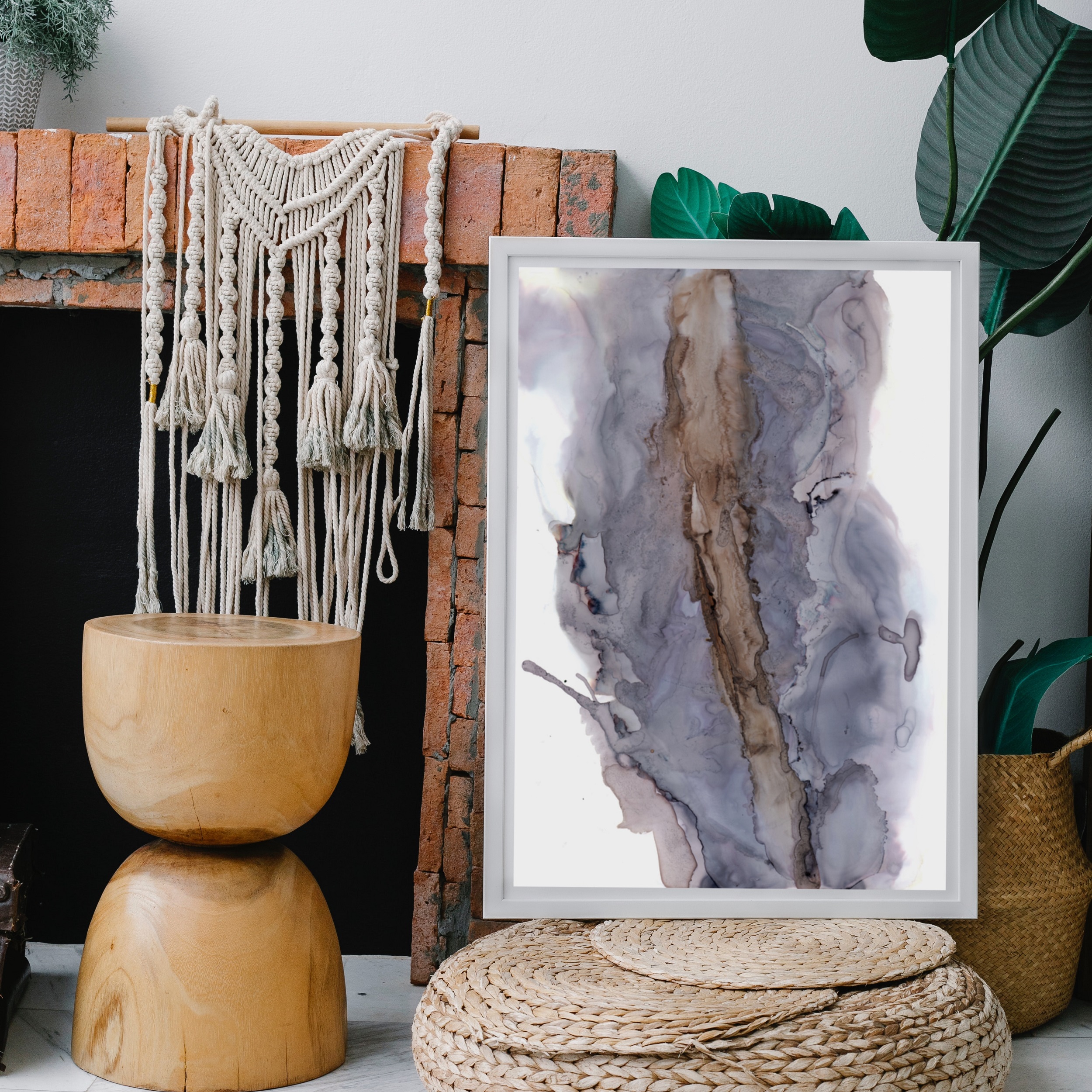
Budget Considerations
Art is for people with all levels of income, budget, and means. You don’t need to spend thousands in a gallery to have art in your home.
1. High Budget
For those with a larger budget, investing in original artwork from established artists can be a worthwhile endeavor. Consider visiting galleries, art fairs, and auctions to find unique and high-quality pieces.
- Gallery Visits: Explore galleries and art shows for unique finds.
- Art Auctions: Participate in auctions to acquire high-value pieces.
2. Mid-Range Budget
With a mid-range budget, you can explore high-quality prints, limited editions, and artworks from emerging artists. Online platforms and local art shows are great places to discover new talents.
- Limited Edition Prints: Offer exclusivity and quality.
- Emerging Artists: Support new talent and find unique works.
3. Low Budget
Even with a limited budget, you can find affordable art options. Look for prints, posters, and DIY art projects. Thrift stores, flea markets, and online marketplaces can offer budget-friendly finds.
- Affordable Prints: Find prints and posters that fit your style.
- DIY Art: Create your own artwork or frame inexpensive finds.
- Digital Files: Some artists offer low cost digital files of art prints which allow you to find a more affordable printing option.
4. DIY Art
Creating your own art is a cost-effective way to personalize your space. Whether it’s painting, crafting, or photography, DIY art allows you to express your creativity and make unique pieces.
- Custom Paintings: Create artwork that reflects your personal style.
- Craft Projects Make handmade art pieces to add a personal touch. You can place just about anything in a frame to create a piece of wall art, leaves, fabric, wrapping paper, etc.
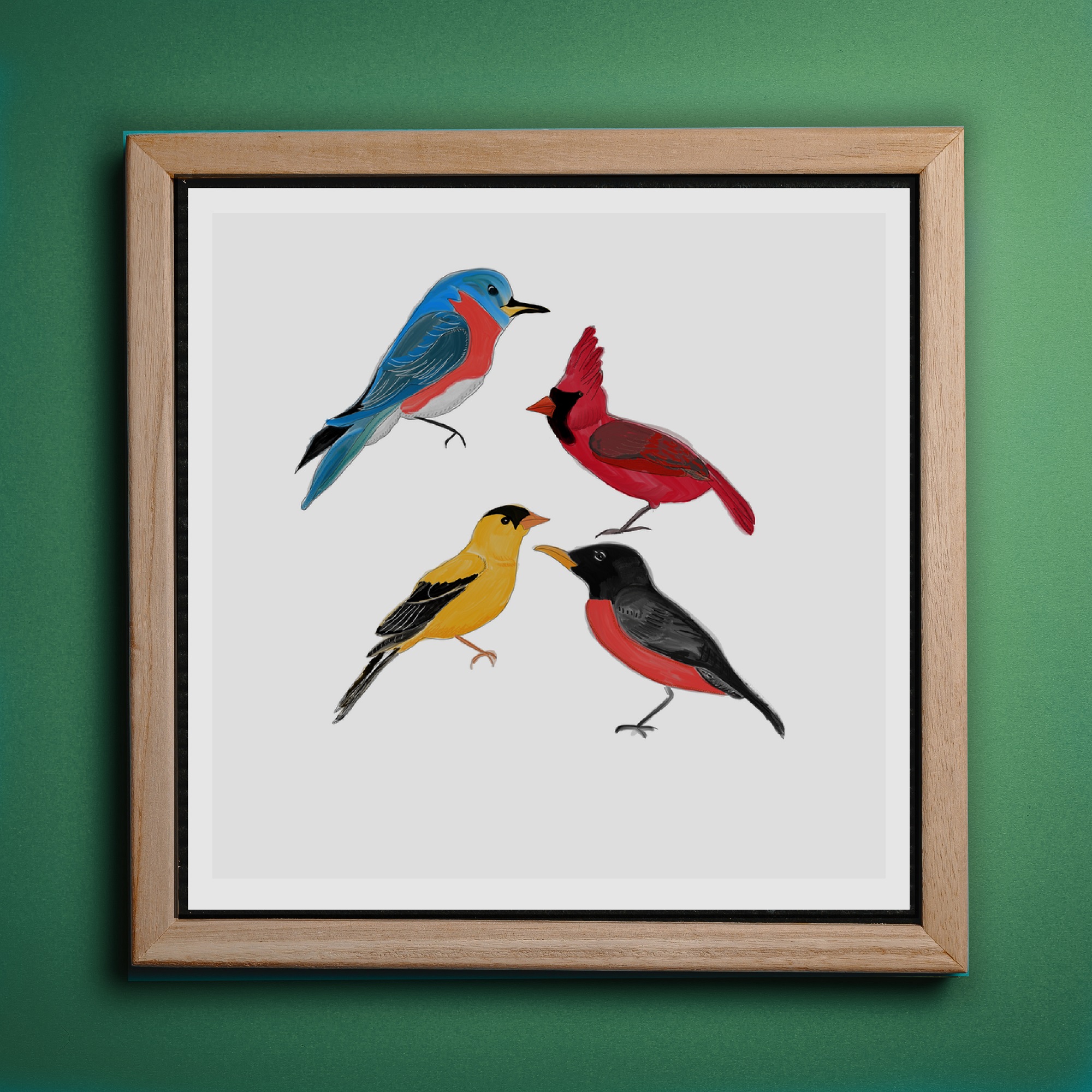
Decorating with art is a dynamic and rewarding way to personalize your home. By understanding the various types of art, styles, materials, and decorating techniques, you can curate a space that reflects your unique taste and enhances your living environment. Whether you’re working with a high or low budget, there are endless possibilities for incorporating art into your home. The key is to choose pieces that resonate with you and create a harmonious balance with your existing decor.
Art is not just an accessory; it’s an expression of who you are and a way to make your home truly your own. Embrace the process, experiment with different styles, and enjoy the journey of transforming your space into a gallery of your creativity.
